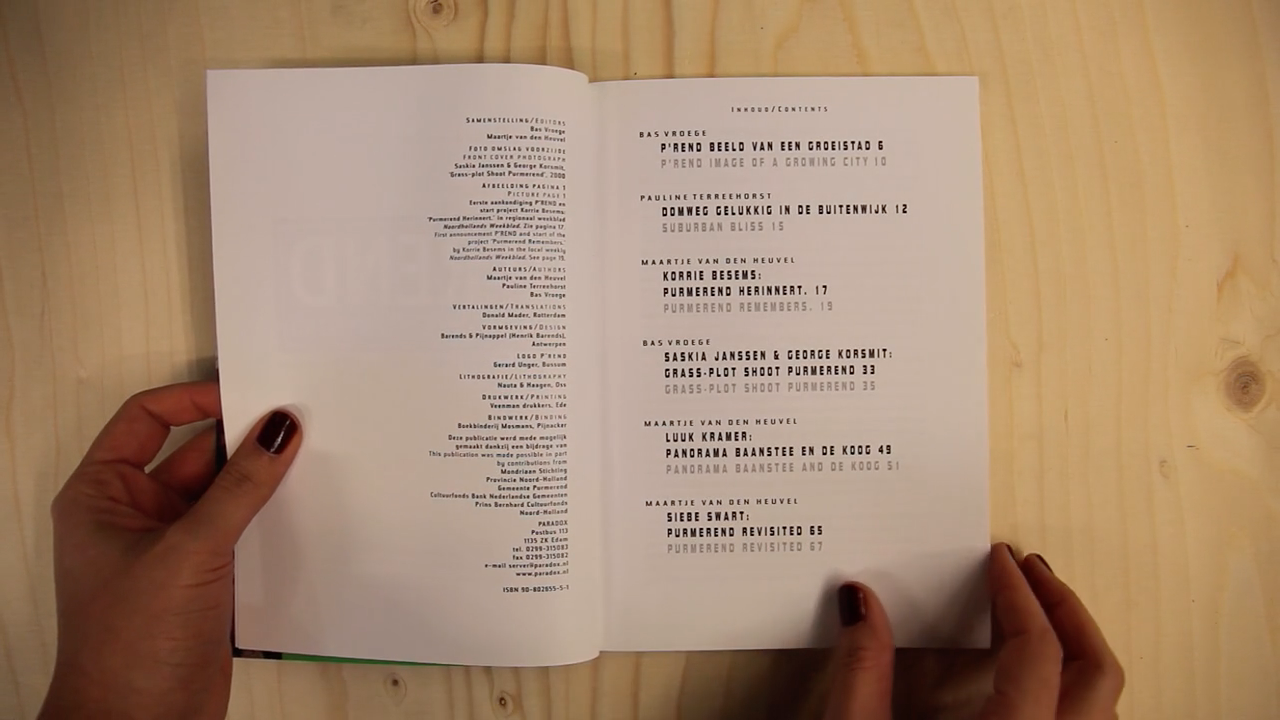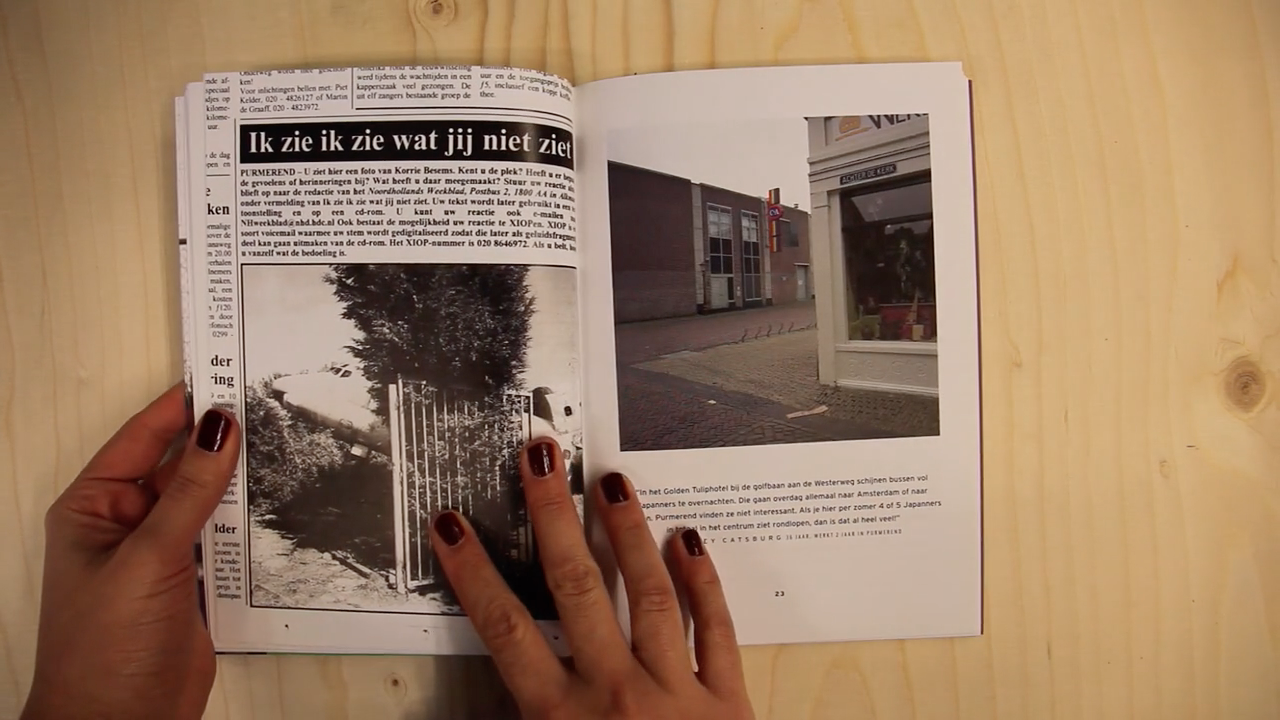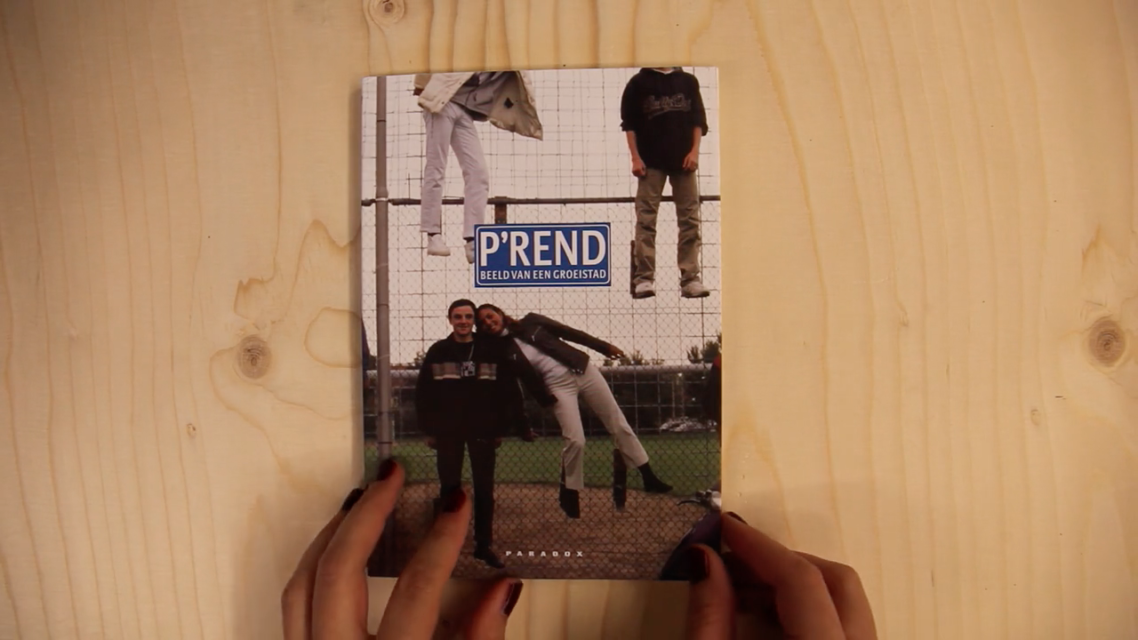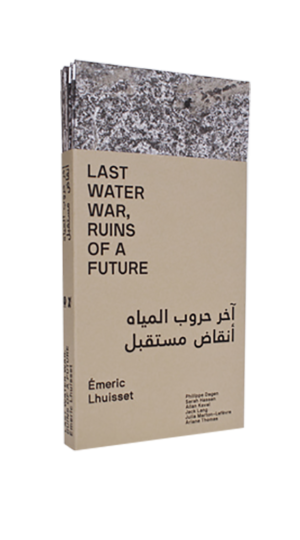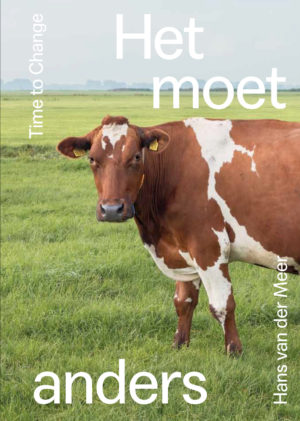P’REND
Beeld van een groeistad
Pauline Terreehorst, Maartje van den Heuvel
Original price was: €13.50.€9.50Current price is: €9.50.
What does life look like in the XXI century Dutch new town? In the postwar urban developments the city of Purmerend, served is a model for many Dutch municipalities. Five photographers were commissioned by the Museum Waterland to create works that explores the actual and personal image of this urban growth phenomenon. In 1950s Purmerend had the population of only 7000. From the moment it was officially declared a growing city in the 1960s until today its population grew tenfold. In that time the character of the city changed drastically: from a sleepy town for Amsterdam commuters it turned into a multi-cultural municipality, which is still struggling to define its identity. There are more cities like this in the Netherlands. By now more than half of the Dutch population is living in such agglomerations with no clear identity. There has been no detailed description or visual documentation of these places. Boring and common, they exist outside public attention. Museum Waterland and IMCO(Institute for Social and Cultural Support) approached Bas Vroege (Paradox) to commission artists and photographers and create the missing image of these places. This is how P’REND was born. The project resulted in an exhibition of photo and video work, a website and a publication. Korrie Bessems (1961) photographed 54 neutral photographic cityscapes of Purmerend. These were published weekly in a local newspaper (Noordhollands Weekblad). Readers were invited to respond to the images. Reactions were sent by email, through the website (www.museumwaterland.nl) or even by telephone. These were exhibited together with the photographs on the website. Later the project appeared as a CD-ROM. Saskia Janssen (1968) and George Korsmit (1953) presented a digital photo and video installation of a class portrait of Regional Collede Waterland (a language training school the newcomers). We see a diverse group of 16-20 olds-photographed against the backdrop of the edge of a football field in the area Purmer-Noord. The work is a result of collaboration between the makers and the group. It can be understood as a performance, sculpture, a staged document; “an ode to the future” as they themselves prefer to put it. Luuk Kramer (1958) was fascinated by the development of the industrial terrain of Purmerend. He documented brick constructions at the rundown industrial sites from the seventies. He combined these images with those of the ribbon development, so characteristic of today’s business areas once can find cutting through polders across the country. Kramer presented his work as installation that highlighted the interchangeability of the architectural concepts. Siebe Swart (1957), this Amsterdam based photographer has a personal connection with P”REND: Swart grew up in Purmerend and it is where his mother still lives. For this work Swart returned to the meaningful places from his youth. His photographs evoke a paradoxical mixture of feelings: a strange combination of tension and security . He combines his own images, created with a large format camera, with postcards from the seventies taken from the Purmerend Museum – a kind of ‘official’ image of the place.
-
Editor(s):Maartje van den Heuvel, Bas VroegeText(s):Bas VroegePhotography:Luuk Kramer, Siebe Swart, Saskia Janssen, George Korsmit, Korrie BesemsDesign:Henrik Barends
-
Publisher(s):Paradox, Voetnoot Publishers
